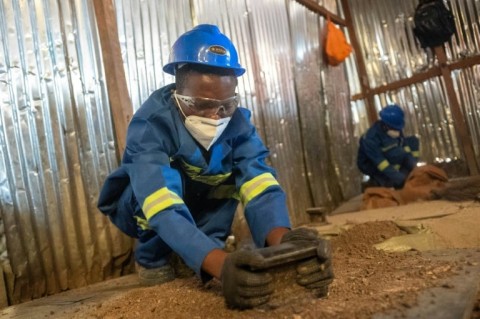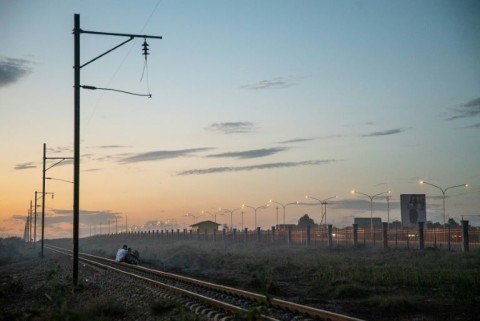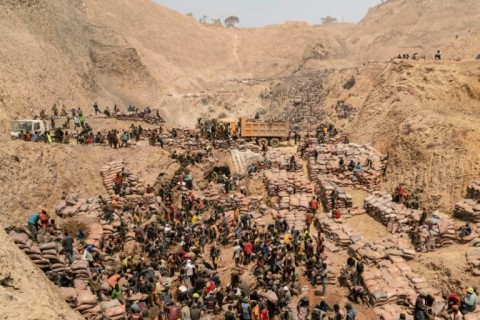
LUBUMBASHI - Angola and the Democratic Republic of Congo are pinning hopes for economic revival on the revamp of an iconic African railway connecting mineral-rich inland areas to the Atlantic Ocean.
Earlier this week, Luanda and Kinshasa granted a group of investors a 30-year concession to operate the line linking Angola's seaport of Lobito to Kolwezi, a southern city in the heart of the DRC's copperbelt.
Partially funded by the United States, the $555-million project is expected to boost mineral export and intra-African trade and cements Angola's diplomatic pivot to the West, analysts said.
"Unlocking the Lobito corridor with American funding... is a historical watershed," said Alex Vines at British think-tank Chatham House.
Currently stretching about 1,700 kilometres, the railway was completed around 100 years ago by British investors interested in getting copper out of Africa.

The Angolan section of the line was closed during the height of the country's 1975-2002 civil war and remained in disuse afterwards due to damage.
Rebuilt by a Chinese company, it reopened in 2015 but traffic has struggled to take off.
Only about one train every two weeks currently runs over it, according to Vecturis, a Belgian railway operator, part of the consortium awarded the railway concession.
The Congolese stretch dates back to colonial times and is poorly maintained, said Marcel Lungange, head of infrastructure at the DRC's national railway company, SNCC.
"We have an average of three derailments a day due to the dilapidated state of the tracks, with our locomotives running at two-kilometres-per-hour in many places," he said.
Mining firms prefer to transport metals via truck to other often congested ports in Tanzania, Mozambique and South Africa -- but such journeys are expensive and take weeks to complete.
With the International Energy Agency expecting global demand for critical metals to quadruple by 2040 as countries race to tackle climate change, new export routes are badly needed, said Louis Watum, who heads the DRC's Chamber of Mines, a trade group.

Angola and the DRC hope the railway will also boost their economies, which depend on oil and mining respectively.
"Our interest is for this corridor to enhance trade between our nations," Angola's Transport Minister Ricardo D'Abreu told a local broadcaster.
Agriculture was one of the sectors that stood to benefit from improved transport links, he said.
Luanda, which is working to up its limited refining capacity, said it wants to use the railway to ship fuel upstream to Zambia and the DRC.
The revamped line could increase the GDP of the three countries by $177-billion, the government said this week.
Independent analyst Marisa Lourenco cautioned that Africa's recent history is rich in grand infrastructure plans that were never completed.
Yet, she was "cautiously optimistic" this would see the light of day, given the global thirst for minerals and the money behind it.
Work is expected to start within the next three months, according to Vecturis.

